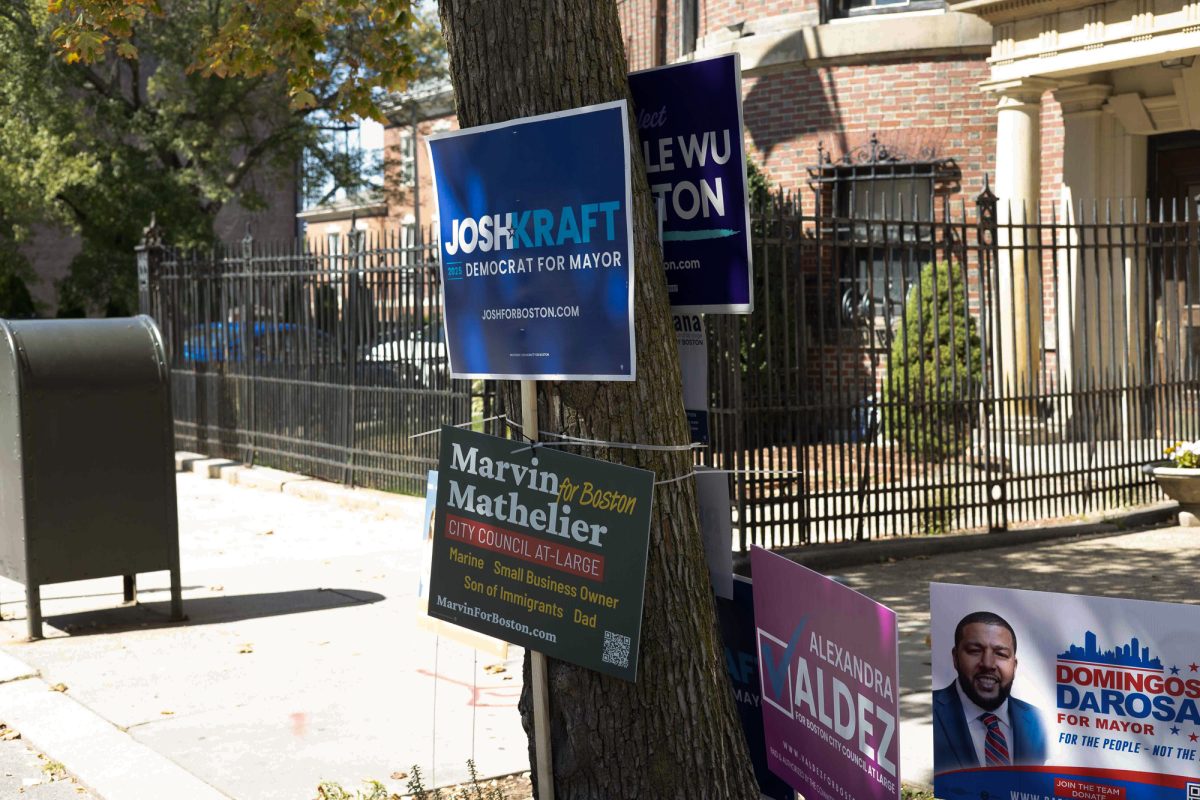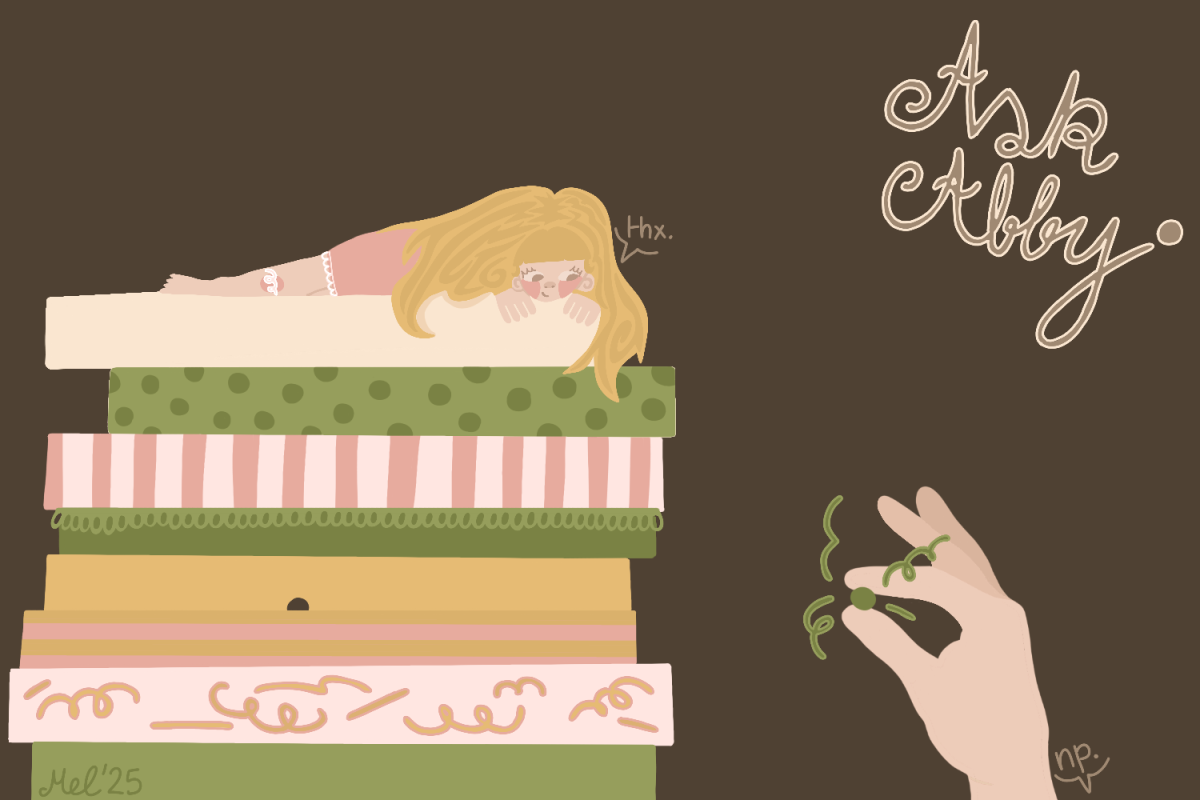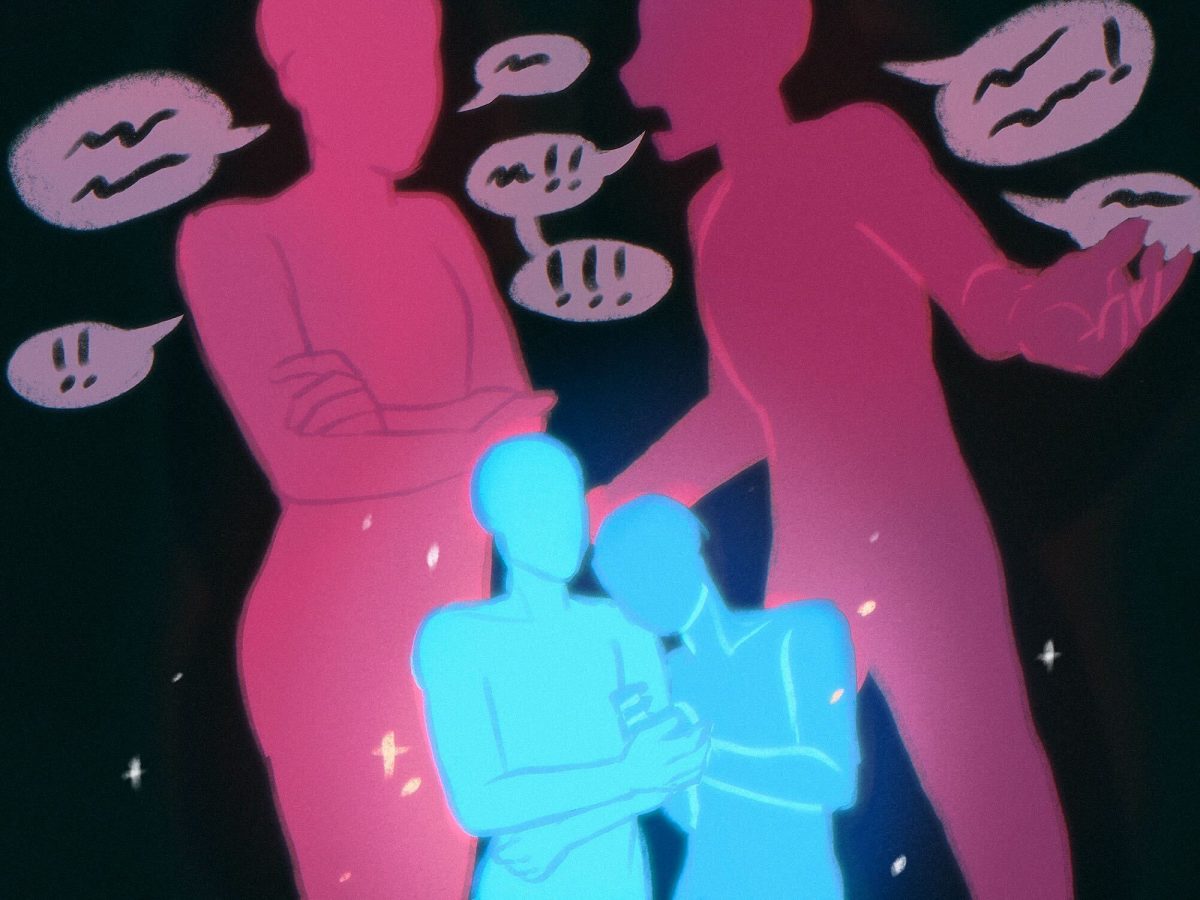Growing up in Europe, I was taught that whenever I meet someone I should give that person a kiss on each cheek, and soon, it became an automatic habit. Well, having this automatic habit of mine be triggered in America elicits some odd responses. On my first few days here, whenever I met someone new I found myself leaning forward. Though I managed to catch myself before I got to the kissing, I still earned myself a strange look, a product of the other’s discomfort at my proximity.
Such is the power of the personal bubble.
We’ve all felt it at some point, right? That invisible but ever so present amorphous sphere of awkward. We may not be able to see it, but we can all somehow definitely sense it. It seems to be innate in all of us, giving us that familiar feeling of discomfort whenever someone decides to be too friendly. My guess is that it originated to serve as some sort of self-defense mechanism. It protects us from each other, giving us the natural instinct to stay at least an arm’s distance away from any potential threats. Then again, it could also just be a feature we’ve developed because we aren’t put in close proximity to strangers frequently. Because of this, being extremely close to a stranger begins to feel strange to us. That would explain the observable differences between different cultures. In any case, chances are that the reason for the existence of our odd little mechanism is a combination of both natural defense and cultural conditioning.
Though our ‘personal bubbles’ all seem to share the same purpose, each one is unique and varies depending on the person it belongs to. An outgoing person’s bubble is probably small and more willing to accept a greater density of people in a closer space, whereas the bubble of a really shy person might be large enough to take up an entire room. Most of us are somewhere in between those two extremes though. Being the amorphous invisible bubble that it is, our personal space can have limits that vary greatly, adapting to suit the situation like water adapts to the container it’s poured into. Our personal space bubble will deem it either safe or dangerous when someone decides to approach and will decide this usually by depending on details ranging from how many people are around to what time of day it is and how big the space around us is.
These differences in size (and maybe even shape, if someone happens to have a “personal cube” or “pyramid” for that matter), as I mentioned before, are more obvious when comparing different cultures. If in one culture you are taught to introduce yourself with a kiss on each cheek, as in my case, then you grow up believing that this is a perfectly normal way of approaching someone. You do so without thinking twice about it and your bubble has absolutely no problem with it. The other person’s bubble, however, might not feel the same way, especially if the person has grown up in a culture where a kiss on the cheek should only be given from certain people and not from total strangers right upon meeting you.
I speak as if bubbles have a mentality of their own, but the obvious truth is that they’re a part of us, a part that we can control. So, have you ever considered shrinking your bubble a little, for the sake of allowing others to approach you?



















































































































Julia • Oct 6, 2011 at 11:28 pm
Indeed I have. I’ll admit I’ve had quite a large bubble, but since I’ve transplanted from Georgia to Boston, I’m trying to do things to forcefully talk/engage with people so they realize I’m a happy/interested person. If you leaned in for a cheek kiss near a crosswalk, I’d accept it!